Adductor Longus Muscle
Table of Contents
Adductor Longus Muscle Anatomy
Adductor longus is one of the adductor muscles of the medial thigh. Together with the adductor brevis, adductor magnus, gracilis, and obturator externus, it makes up the adductor compartment. This large fan-shaped muscle is situated most anteriorly of this group and covers the middle part of the adductor magnus and the anterior part of the adductor brevis.
Origin
It originates from the body of the pubis, inferior to the pubic crest and lateral to the pubic symphysis.
Insertion
It inserts into the medial third of the linea aspera of the femur.
Nerve supply
The anterior division of the obturator nerve (L2, L3) supplies the muscle.
Blood supply
The obturator artery supplies the muscle.
Action
It acts as an adductor of the thigh at the hip and assists with internal rotation of the thigh at the hip and assists with flexion of the thigh at the hip.
The adductors play a crucial part in maintaining balance on the lower limb when walking and in stabilizing the posture when standing.
Relations
The adductor longus is positioned in relation to the pubic section of the fascia lata on its anterior surface, as well as the femoral artery and vein at its insertion.
Near its insertion with the profunda artery and vein, by its posterior surface with the adductor brevis and Magnus, and by the anterior branches of the obturator artery, vein, and nerves.
By the gracilis on its inner border and the pectineus on its outer border.
Strengthening Exercises
1. Adductor Isometric Exercise
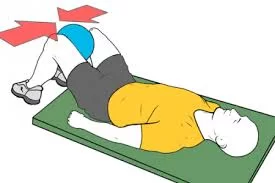
- Lie flat on your back with your feet flat on the floor.
- Your knees should be at 90º Place your hands on either side of your hips.
- Put a ball between your knees.
- Contract your pelvic floor and core.
- Using your adductors, press the ball inwards.
- Maintain the tension during the required time.
- Relax the muscles and repeat the exercise.
2. Lying Internal Adduction
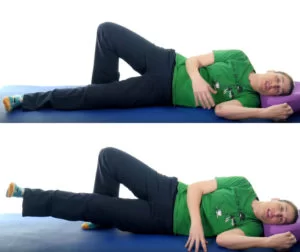
- Lie down on your right side comfortably on a mat, your head on a pillow. Place your left hand in front of you on the mat.
- Flex your left knee and place your left foot on the floor behind your right leg.
- Slowly lift your right leg. Hold this pose for 3 seconds and gently place your right leg back on the floor.
- Do this 10 times before doing the same with the other leg.
Stretching Exercises
1. Lying Adductor Stretch
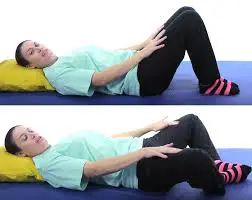
- Lie down on a mat. Support your head with an exercise block or a pillow.
- Keep your knees flexed and feet flat on the floor and close together.
- Exhale and slowly draw your legs apart. Feel the stretch and hold it for 30 seconds.
- Do not over-stretch. Hold it to a point where you feel the stretch, not the pain.
- You may place your hands on your knees to gently press down the knees to stretch your groin muscles.
- Inhale and bring your knees together. Do 3 sets of 5 reps.
2. Seated Adductor Stretch

- Sit on a mat and bend your knees so that your heels are close to your body.
- Keep your back erect and lower your knees such that they touch the floor.
- You may also bend your back a little and use your elbow to put pressure on the knees in a downward direction.
- Release the tension slowly and repeat it a few more times to strengthen the groin muscles. Do 2 sets of 10 reps.
Clinical relevance
The adductor longus muscle forms the medial border of the femoral triangle. The superior border is formed by the inguinal ligament, and the lateral border by the sartorius. The femoral nerve, artery, and vein are located in this triangular region.
The nerve runs most laterally, close to the anterior superior iliac spine (ASIS), and runs under the inguinal ligament. The nerve supplies the iliacus in this region and descends to supply the anterior (extensor) compartment of the thigh.
Medial leg and groin pain are frequently caused by adductor tendinopathy, particularly in athletes. In activities like ice skating, horseback riding, soccer, football, karate, and jogging, among others, it is a frequent injury. Unexpected direction shifts result in a rapid adduction against a strong abduction force, which stresses the tendon, usually near the origin. It is caused by an excessive amount of muscular strain, which frequently occurs in conjunction with inadequate warm-up and insufficient stretching.
FAQ
The adductor longus is a skeletal muscle found in the thigh of humans. Adducting the thigh is the primary function of this hip adductor muscle, which is innervated by the obturator nerve. It creates the femoral triangle’s medial wall.
Knee pain can be caused by tight adductors, particularly in runners. The adductor muscles stabilize the hip in addition to pulling the thighs together and rotating the upper leg inward.
Adducting the thigh at the hip joint is the primary function of the adductor group of muscles. The thigh’s flexion and external/lateral rotation are also facilitated by the adductor longus muscle.
Rapid hip adduction in response to an abduction force results from a sudden direction change, which increases tendon tension. When sprinting, the most frequent mechanism of injury is sudden acceleration. Less frequently, jumps and overstretching of the adductor tendon create problems.

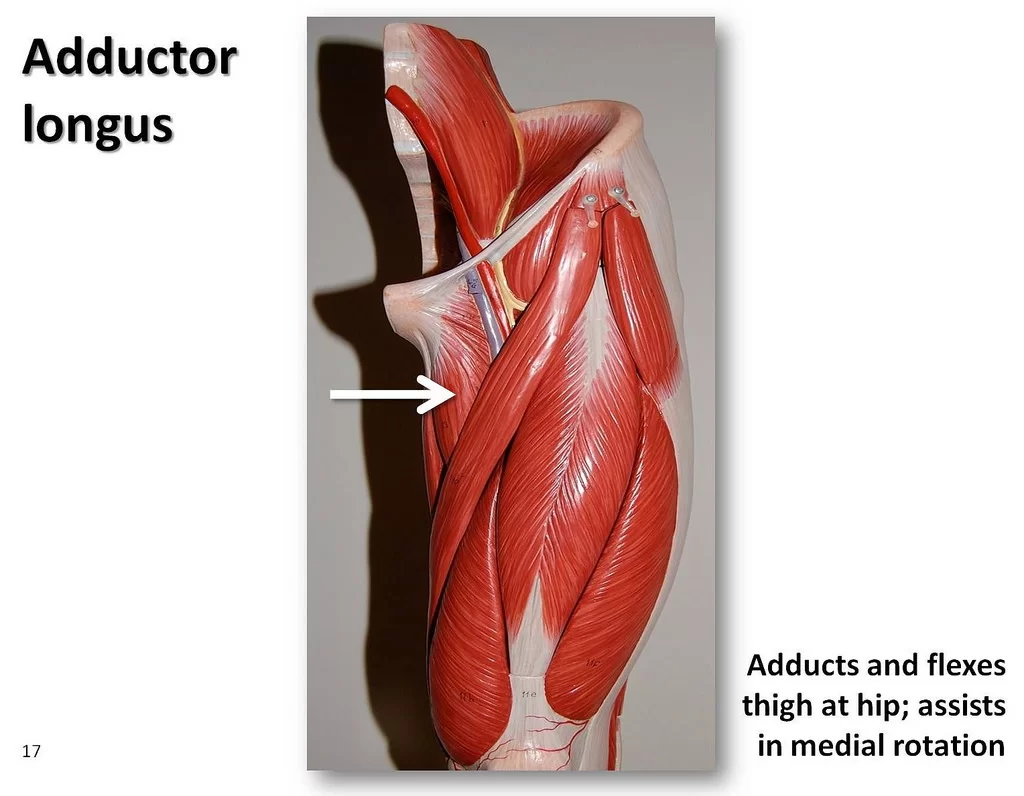
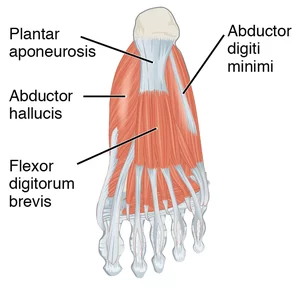
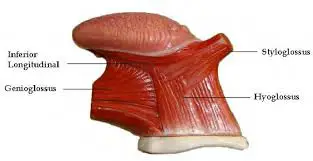

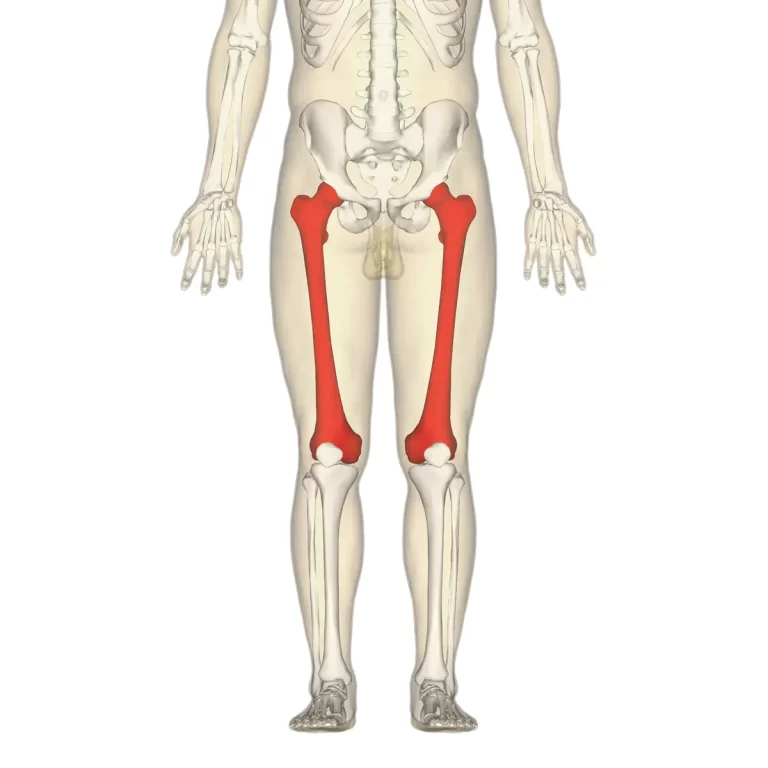
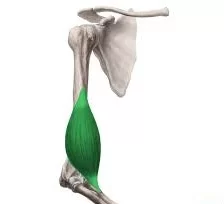
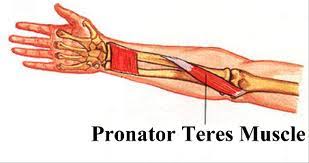
One Comment